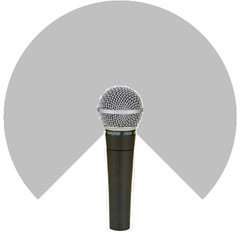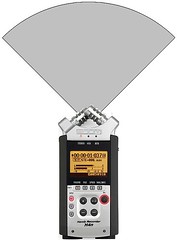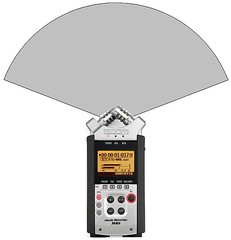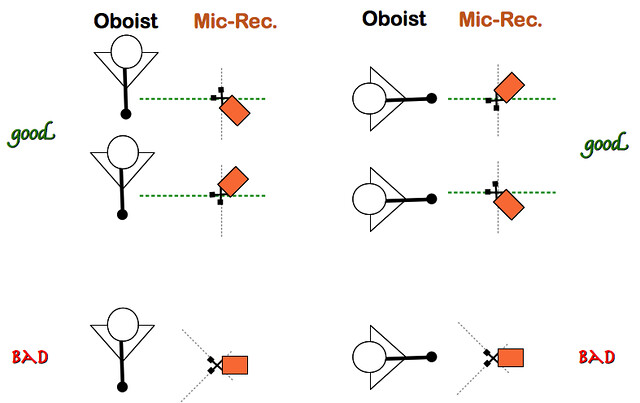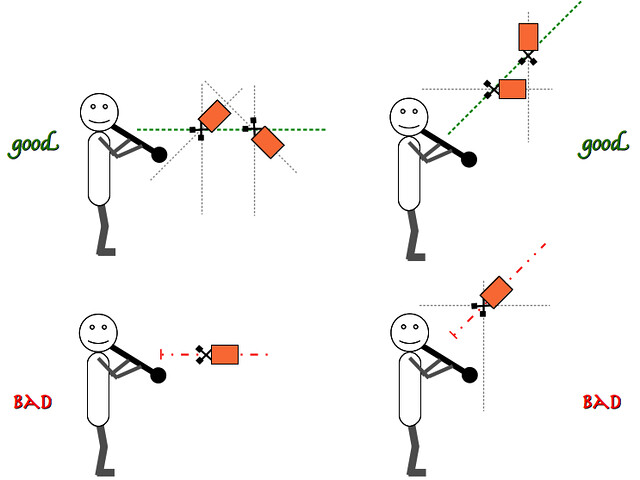A little over a year has gone by since this blog began: and a really exciting year it was! So many things have happened and so much has apparently changed.
- I started, barely able to play the oboe without embarrassing myself.
=> Now, I have 11 recordings on You-Tube that show, I hope, some good progress. - I started this blog, without really thinking anyone would visit, it was supposed to be a self-motivating journal.
=> Now, 23 thousand visits from 78 countries!
=> and I have been added to several international double-reed Facebook groups. - I had actually left Facebook because my initial circle of friends published mostly rubbish.
=> Now, the groups I participate with have opened doors to friendships with real professionals all over the world; creating the most captivating conversations. - I had started with only 2 or 3 oboists as reference points for style and sound.
=> Now, the You-Tubes of dozens of old and new soloists and orchestral oboists - shared by hundreds of people on Facebook - have really opened my horizons.
=> Now, I had the pleasure of many fascinating discussions with almost every oboe maker (my heroes).
A wonderful blessing in 2011
I am only an amateur and my age and situation won't really allow me to do much in music. But all the exchange with fantastic people all over the world through Facebook, the blog and the BBoard make me feel as excited about music like if I were a student again. A huge thanks is in order to these places have been a huge source of people visiting my own blog.
- Patti Emerson Mitchell and her blog Oboe Insight
- Bret Pimentel and his blog on playing all woodwinds
- Mark Charette and his Oboe BBoard
- Frédéric Moisand, Ivan Di Bello, Ambrogio Gentili, Sergio Mannu, Nicola Leone and Reynato M. Resurreccion Jr. for their fantastic Facebook groups.
- Michele Mancaniello for re-introducing me to Nino Rota.
Hopes for the coming 2012:
I don't know if I'm competent and capable enough to play on stage yet, but it is certain that this cannot happen without first meeting people to play with. So I hope I can meet up with local musicians of my calibre and aspirations.
As much as my musical progress is exhilarating, it cannot continue without a body that will cooperate and a home that will encourage a diversity of life activity ... sitting in front of the T.V. and Facebook all night, every evening doesn't help.
Finally, I mentioned a few times my gratitude to my professional employment; I think I did well this year, as an engineer, and I need to continue to be useful and productive, exploring new opportunities so it can continue to support and encourage all the other aspects of my life... for example going places to try different oboe makers.
My New-Year Wishes to All:
Time and the resolve to use it wisely and fully.
Optimism, faith and the resolve to be part of the solution, not the problem in all things.
May the year 2012 see you all safe, healthy, happy and strong all the way to the year 2013!



 As is likely the case for most Canadians and Americans – maybe even Europeans – my knowledge of Nino Rota was mostly limited to the movie music of the Godfather, Romeo and Juliet and so on. It was my piano teacher from the Conservatoire de Montréal, Czeslaw Kaczynski, who set me straight. Just before he left for a retirement in Rome, he blessed me with a private performance in his own home of Rota music for piano. That’s where I discovered that Nino Rota makes true “pure” music that needs no movies at all to touch the depths of artistry: there is now a
As is likely the case for most Canadians and Americans – maybe even Europeans – my knowledge of Nino Rota was mostly limited to the movie music of the Godfather, Romeo and Juliet and so on. It was my piano teacher from the Conservatoire de Montréal, Czeslaw Kaczynski, who set me straight. Just before he left for a retirement in Rome, he blessed me with a private performance in his own home of Rota music for piano. That’s where I discovered that Nino Rota makes true “pure” music that needs no movies at all to touch the depths of artistry: there is now a 

















 The origins of the holiday are contended (
The origins of the holiday are contended (




